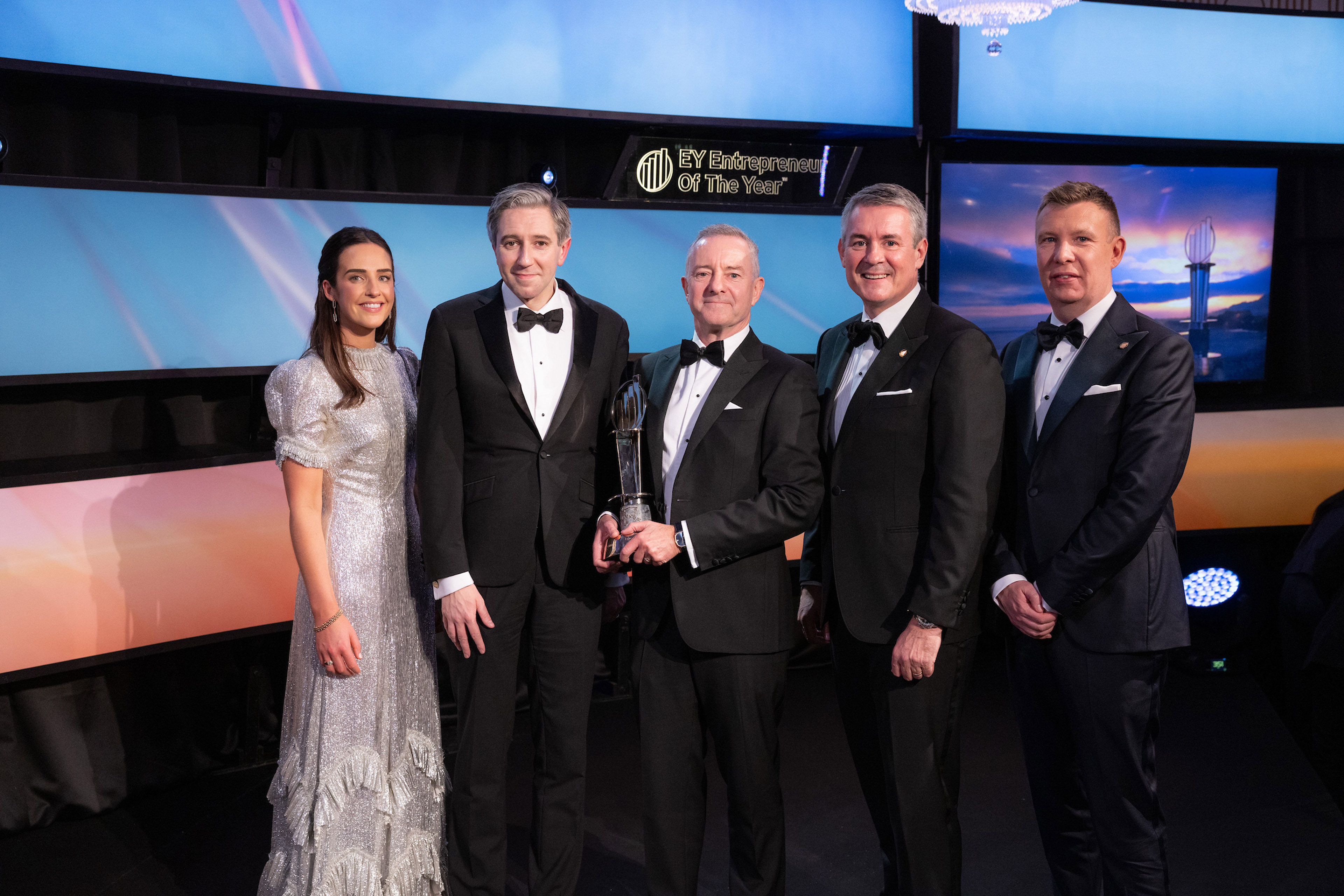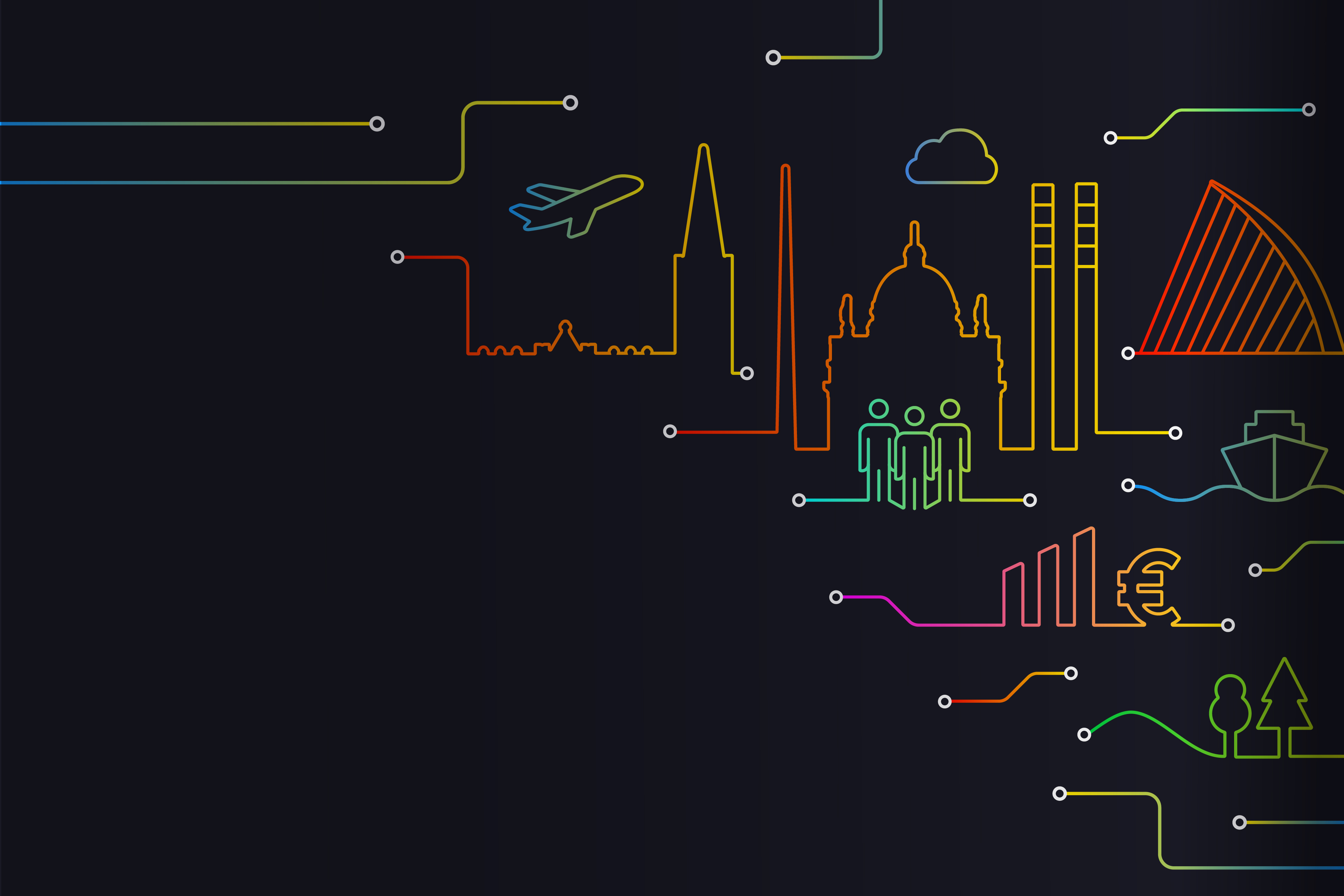EY refers to the global organization, and may refer to one or more, of the member firms of Ernst & Young Global Limited, each of which is a separate legal entity. Ernst & Young Global Limited, a UK company limited by guarantee, does not provide services to clients.
Explore our Offerings
-
Our HR Transformation team can help transform your Human Resources team from HR function to human value activator. Learn more.
Read more
Addressing this, organisations can adopt flexible career pathways that prioritise skills and contributions over tenure. This can include rotational leadership roles, project-based assignments, and opportunities for mentoring. By actively encouraging open intergenerational dialogue, organisations can ensure that younger employees feel heard while empowering older colleagues to share their experiences.
Strategies for Success
To make the most of new mindsets, organisations must focus on intentional design. Research shows that organisations with inclusive cultures are considerably more likely to respond effectively to external pressures and report productivity gains.
One strategy is to implement two-way mentoring programmes, where younger employees’ mentor senior colleagues on new technologies and trends. EY has successfully used this model, pairing Gen Z staff with senior leaders to facilitate mutual learning.
Additionally, organisations should consider team design that promotes cross-generational collaboration. Structured project teams that mix younger and older employees can lead to stronger collaboration and idea diversity. Engaging early-career employees as stakeholders in key initiatives ensures that diverse voices are heard in decision-making processes.
Finally, personalising support according to employees' life stages is crucial. Flexibility means different things to different generations, whether it’s remote work for younger staff or phased retirement for earlier generations.
Offering tailored support through expanded employee value proposition helps employees of all life stages feel valued and invested at work.
Conclusion
As the workforce continues to change, organisations that see age diversity as a strategic advantage will be better positioned for success. With more over 65s choosing to stay in employment, we have a new opportunity to blend experience with fresh perspectives. By realising value from all age profiles and developing an inclusive culture, employers can access the full potential of an engaged workforce.





